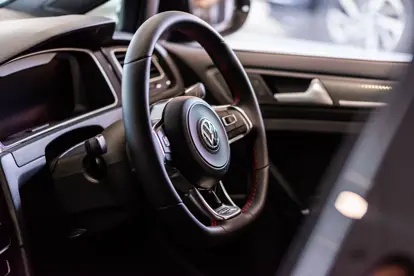
Fair wear and tear guide
Fair wear and tear guide
Understanding fair wear and tear is essential when leasing a car to avoid unexpected charges at the end of your contract. The British Vehicle Rental and Leasing Association (BVRLA) provides clear guidelines to help you ensure the vehicle you return meets the required standards. Fair wear and tear refers to the natural wear a car experiences from regular use, such as minor scuffs, small scratches, and light interior stains. However, significant damage, such as large tears, burns, deep scratches, or major dents, is not accepted.
Mileage limits are also crucial. Exceeding the agreed mileage can lead to additional charges, so staying within the specified limit is essential. In terms of mechanical condition, the car should be well-maintained throughout the lease. Ensure tyres have adequate tread and brakes are in good condition, as any issues arising from neglect or poor maintenance will be considered excessive wear. Following the manufacturer's recommended service schedule is essential to avoid unwanted charges.

Before returning the vehicle, carry out a thorough inspection for any damage or wear. Clean the car inside and out, ensuring the interior is free from stains and personal items and that the exterior is washed with minor scratches and touches. Keeping records of all maintenance and repairs completed during the lease term is also advisable. Many leasing companies offer pre-return inspections, which can help identify potential issues early and avoid disputes.
To ensure a smooth return, avoid excessive damage to the interior or exterior, neglecting maintenance, or driving far beyond the agreed mileage. By following the BVRLA guidelines, maintaining your car correctly, and preparing it for return, you can minimise extra costs and ensure a hassle-free end to your lease. Happy leasing!